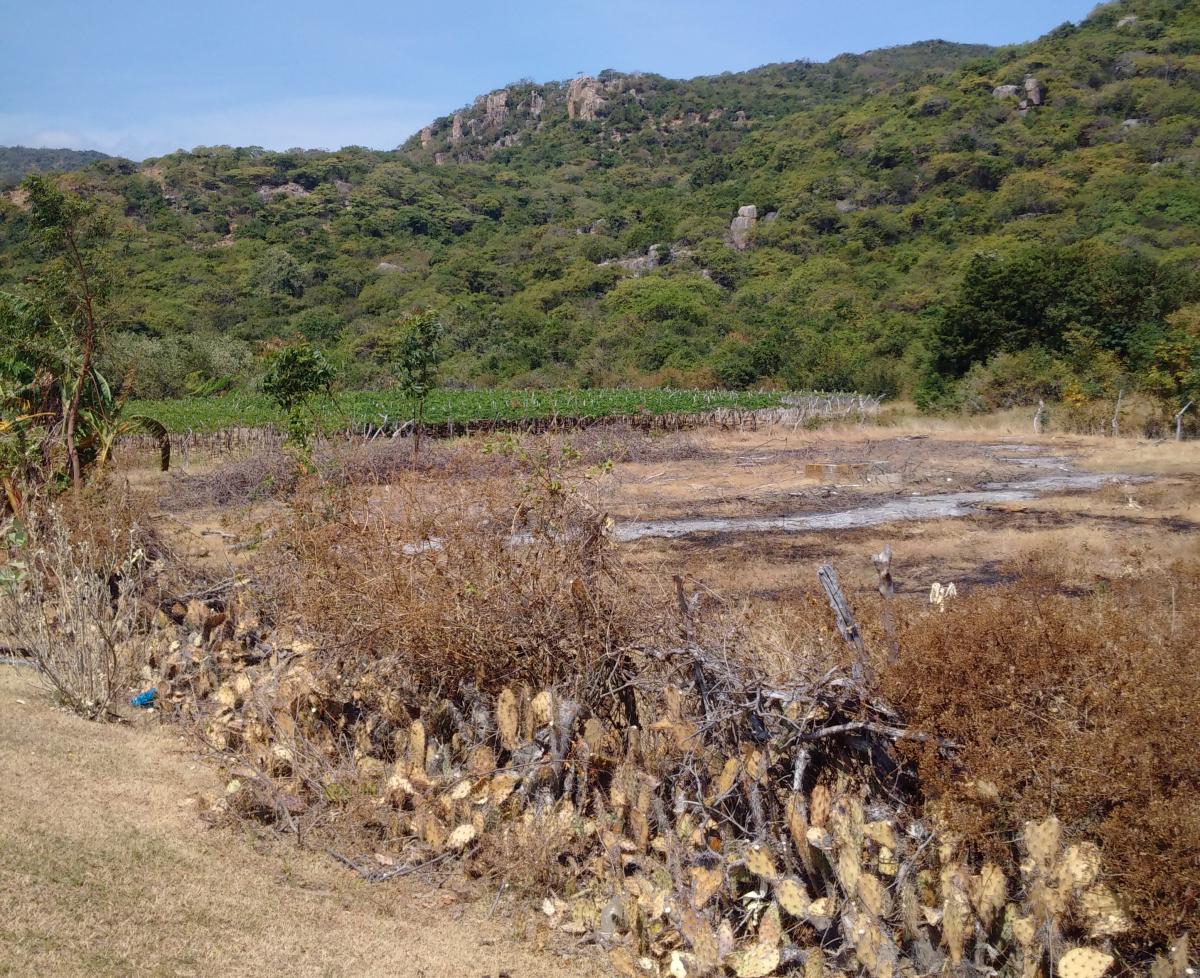Development of drip irrigation for agriculture in response to drought in Ninh Thuan province
The project is expected to help to use effectively and save scarce water resources in arid regions for production, while improving productivity and product quality. It contributes to implement the Green Growth action plan of the province through the pilot green growth project supported by GGSF.
According to the general socio-economic planning of Ninh Thuan province towards 2020, which was approved by Prime Minister in Document No.1222/QĐ-TTg on July 22, 2011, Ninh Thuan province will become the Vietnam’s future destination with synchronized infrastructure, capacity of climate change adaptation and sustainable economic development, in which the specific environmental objectives are to efficiently manage and use natural resources, strengthen education and training, and raise the environmental protection awareness.
Ninh Thuan is located in the South Central Coast with an important geographic location on the junction of the South East and Central Highlands. Ninh Thuan has a great potential for development and is seeking to take advantage of its plentiful potentials; however, it is still in the face of fresh water shortage, besides it is strongly influenced by Elnino, flash flood, which leads to desertification, which has covered over 20% of total land of the province. The province suffers from harsh climate, typically characterized by: lowest precipitation nationwide, with the average annual rainfall (750mm) while the evaporation is high (1500mm), rain was absent in many years, high temperature. The river density in Ninh Thuan province is relatively low (0.10-0.15 km/km2). The annual flow in rivers and streams is very small. The surface water is scarce while concentrates in 3 months of rainy season, leaving the rest of the year dried up. In recent years, drought has been constantly occurring in the province, particularly between 2014-2015, twenty-one reservoirs, which have been considered as the key water resources of the province, have dried up, leaving the province lying on water discharged from Da Nhim hydropower plant through major irrigation systems of Krong Pha and Nha Trinh Lam Cam. Therefore, it is necessary to re-invent the water resources, seeking an optimal water use modality and selecting water saving irrigation methods to mitigate drought-caused damages.The prolonged drought caused abandoned planted land in Ninh ThuanAbandoned pumps and dry wells
The construction site of the pilot water-efficient irrigation for agriculture in response to drought in Ninh Thuan province project is located in Thai An hamlet, Vinh Hai commune, Ninh Hai district, Ninh Thuan province with a pilot area of 10ha for grapevine planting. The main irrigation water source for this crop area is from well water source. According to the local people, the cost of digging wells for taking irrigation water is about 50 million VND/ ha. However, due to ground elevation of the pilot area is lower than the sea level, salinity usually occurs in dry seasons. Because of irrigation water shortage, many households use tap water mixed with undergroundwater for irrigation, the cost for using tap water for irrigation is about 20 million VND/ ha per month. This reduces the economic efficiency of plants and wastes waster, and it affects the habit and consciousness of water users in the long run.Bau Tro Lake - the only water source in the dry seasonThe farmers in Thai An village installed water pipes from Bau Tro lake for irrigationThai An irrigation area, pilot site of the project.
Therefore, the project Development of drip irrigation for agriculture in response to drought in Ninh Thuan province is expected to help to use effectively and save scarce water resources in arid regions for production, while improving productivity and product quality. It contributes to implement the Green Growth action plan of the province through the pilot green growth project supported by GGSF.
Latest news from this project
No news

